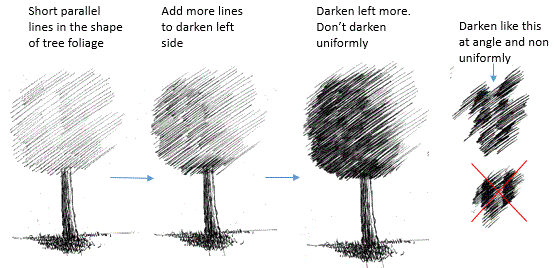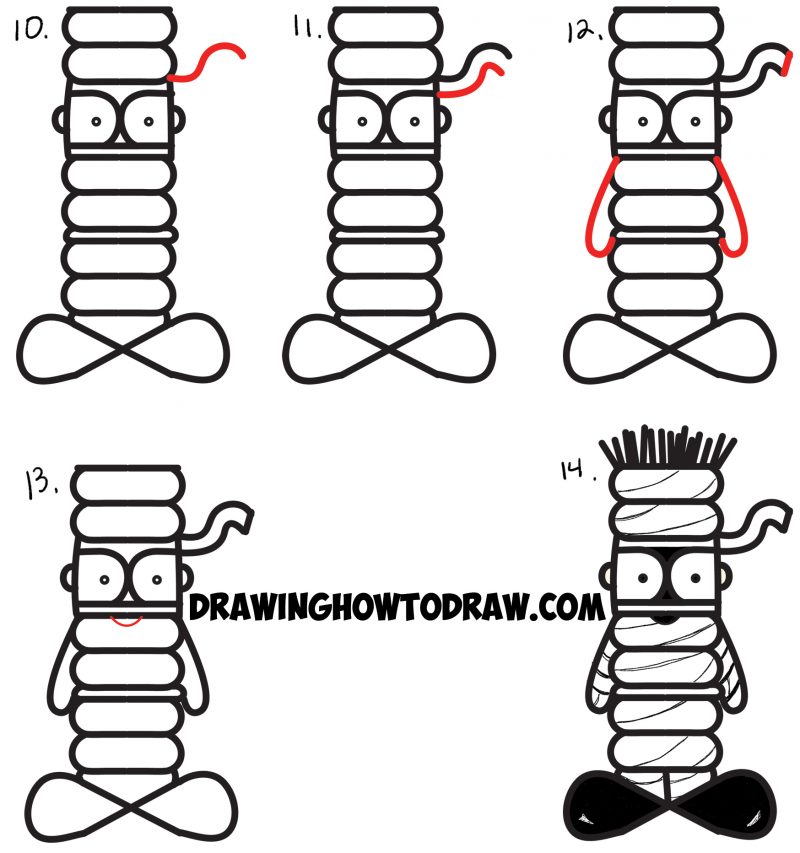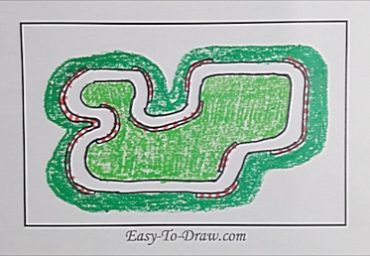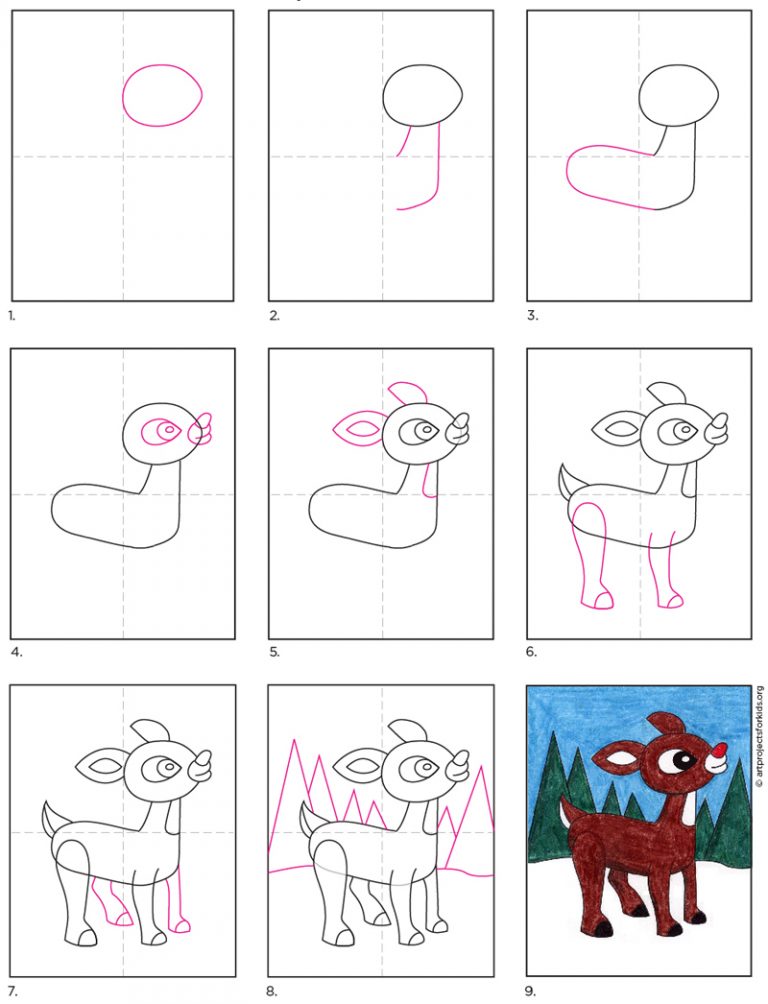Trees distant draw visit
Table of Contents
Table of Contents
If you’re an artist or painter, you have probably faced the challenge of drawing trees in the distance. It’s one thing to draw a tree up close, but it’s a whole different ball game when it comes to creating believable trees in the background of a landscape. Luckily, with some guidance and practice, you can master the art of drawing trees in the distance.
The Challenge of Drawing Trees in the Distance
Whether you’re drawing a landscape or creating a background for a portrait, trees in the distance can be tricky to get right. The farther away the tree is, the less detail you can see. This can make it difficult to draw the tree in a way that looks convincing. Additionally, distant trees can be affected by atmospheric conditions, such as fog or haze, which can make them appear softer and lighter in color. Without a proper approach, your distant trees can look flat, unnatural or simply out of place.
So, How to Draw Trees in the Distance?
The key to drawing trees in the distance is to focus on shape, value and color. Start by sketching the silhouette of the tree and adding the main branches, taking into account the perspective properties. The tree should be less detailed and have less contrast in the background. Use lighter colors, and less detail for the branches and foliage in the background to create the illusion of distance.
If you’re using a traditional pen and ink, for the foliage and details, use the cross-hatching technique to create the illusion of depth and texture. You can also use pastels, watercolors or oils to create the atmosphere and lighting of distance trees. Finally, working from a real-life reference image will help you achieve the desired sense of depth, look and mood.
Practice Making Distant Trees Come Alive
When painting trees in the distance, my personal experience has been to pay attention to the colors and edges. I use a mix of warm and cooler greens for deciduous trees, and blues and grays for coniferous trees. To make a far-off tree look real, the edges should be soft and fuzzy, mirroring the effect of haze or fog. Learning to modulate the color and edges is important when creating depth and atmosphere in the painting.
 Breaking down the anatomy of trees in the distance
Breaking down the anatomy of trees in the distance
It’s important to understand the anatomy of distant trees to create a realistic, believable painting. Trees have a main trunk, which branches out into smaller limbs and branches. Foliage grows from the branches, and it’s the most challenging part to draw or paint, especially at a distance. To convey tree foliage with pen and ink use small marks and dots. Use a softer pencil or brush when painting foliage; you can enhance the sense of distance by blending the colors and making them lighter as they move back.
 #### Choose a Reference Photo to Achieve Realistic Trees in the Distance
#### Choose a Reference Photo to Achieve Realistic Trees in the Distance
The reference photo you choose can affect the end result of your artwork. Make sure to choose a photo that has a good composition and balance. There should be good visual depth to the image, with trees or other elements in the foreground, middle, and background. Don’t be afraid to experiment with different compositions and try looking at the picture through a viewfinder to help you with framing and creating a good composition.
Q&A About How to Draw Trees in the Distance
Q: What are some common mistakes to avoid when drawing trees in the distance?
A: One common mistake is overworking a distant tree by adding too much detail, darkening value or using sharp edges. It’s important to avoid being too heavy-handed and maintain a ’light’ touch with fewer, lighter details, which adds to the atmospheric perspective.
Q: What colors should I use to create the illusion of distance?
A: Cooler greens, blues, and grays are usually used for coniferous trees, while lighter green or warmer greens are used for deciduous trees. Mixing these colors can help create the illusory effect of atmospheric perspective.
Q: How can I make my trees look more believable?
A: When painting a far-off tree or group of trees, rely on impressionistic techniques to create the illusion of depth, light and form. Use cross-hatching and dotting to create texture and a soft edge to convey distance. Leave plenty of space between each leaf or branch and keep the color palette low on detail and contrast.
Q: Should I use a flat or round brush to paint trees in the distance?
A: Use both. A flat brush is useful for creating the main silhouette, while the round brush can be used for adding details such as foliage or shadows.
Conclusion of How to Draw Trees in the Distance
Drawing trees in the distance is a challenge for many artists, but with the right techniques and approach, you can create convincing and realistic distant trees that are atmospheric and visually appealing. Remember to focus on the shapes, values, and colors of the trees, and to not overwork them with too much detail. Practice painting or drawing from reference images of different types of trees from different angles and distances. With practice, you’ll be able to create stunning compositions that incorporate distant trees with ease.
Gallery
The New Draw Distance Is Great, But Is There A Way To Tone Down The Fog

Photo Credit by: bing.com / fog clouded nearest wow
A Long Distance Tree By Cha-bo00 On DeviantArt

Photo Credit by: bing.com /
Image Result For How To Draw Distant Trees | Ink Pen Drawings, Drawings

Photo Credit by: bing.com / trees distant draw visit
How To Draw Tree Foliage With Pen And Ink

Photo Credit by: bing.com / foliage distance draw drawing pen tree ink
How To Draw A Tree At Distance With Pastels | Nature Art Painting, Oil

Photo Credit by: bing.com / pastels





